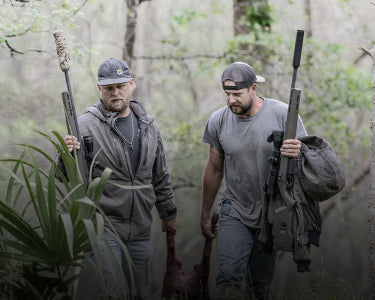The 21-foot rule is a sobering reminder of the brutal reality of what could happen if a pistol-armed defender gets into close-quarters combat with an assailant armed with a bladed weapon. Developed by the Salt Lake City Police Department, it highlights the disadvantage a firearm user faces against a determined knife attacker within 21 feet.
Origins of the 21-Foot Rule
The 21-foot rule originated in 1982, when then-Sergeant Dennis Tueller, along with other officers, sought to address a pressing question raised by a new officer: “At what point am I justified in shooting someone who might be coming aggressively toward me with a knife or a club or a contact weapon?” Sergeant Tueller, lacking a concrete answer, initiated an experiment to determine the reactionary gap necessary for an officer to respond effectively to a close-quarters threat.
The experiment revealed that an average person could close a distance of 21 feet in approximately 1.5 seconds, with even less physically fit individuals achieving this in under three seconds. This critical discovery led to the 21-foot rule, which underscores the minimal distance required for an individual to react defensively to an imminent threat.
Practical Implications of the 21-Foot Rule
Officers are trained to recognize that an assailant within a 30-foot range poses a significant threat, warranting heightened vigilance and preparedness. However, the rule is not an invitation to preemptively use lethal force against a perceived threat within 21 feet. Responsible firearm owners and law enforcement personnel must assess the actual, immediate circumstances and adhere to legal standards that permit the use of lethal force only when life is genuinely endangered.
Creating more distance by backing up is not a viable strategy, as it places the individual at a disadvantage; moving backward is slower than a forward charge and increases the risk of tripping over unseen obstacles. The 21-foot rule, therefore, serves as a critical reminder of the swift and decisive action required in close-quarters encounters.
Enhancing Situational Awareness with Red Dot Sights
In high-stress scenarios where quick, accurate response is paramount, maintaining situational awareness is crucial. This is where red dot sights, such as the Sightmark Mini-Shot M Spec M1, become invaluable. Unlike traditional iron sights, red dot sights allow the shooter to keep both eyes open, providing a broader field of view and reducing tunnel vision—a common issue in high-adrenaline situations.
The Mini Shot M-Spec M1, designed for law enforcement and professional use, offers a compact and robust solution for various firearms, including shotguns, pistols, and AR platforms.
The 21-foot rule underscores the critical importance of reactionary gaps in close-quarters combat, guiding both law enforcement officers and civilians in understanding the dynamics of such confrontations. Complementing this knowledge with tools like the Sightmark Mini-Shot M Spec M1 enhances an individual's ability to respond effectively, mitigating tunnel vision and ensuring rapid target acquisition. By integrating these principles and technologies, one can better navigate the complexities of self-defense and close-quarters encounters.




